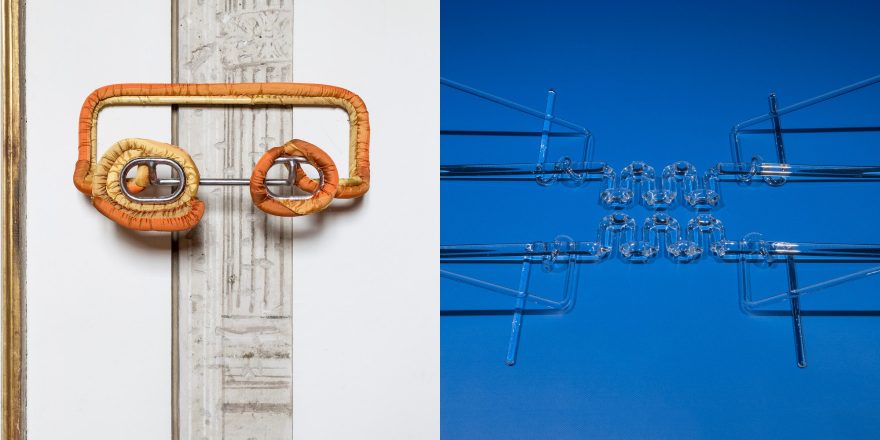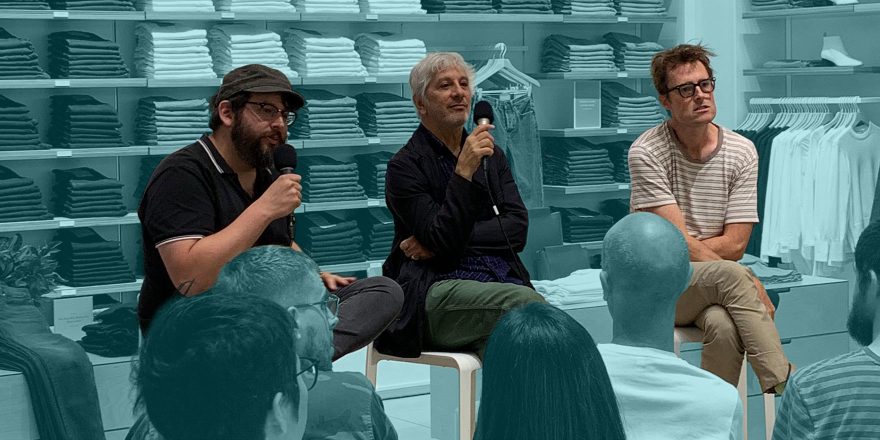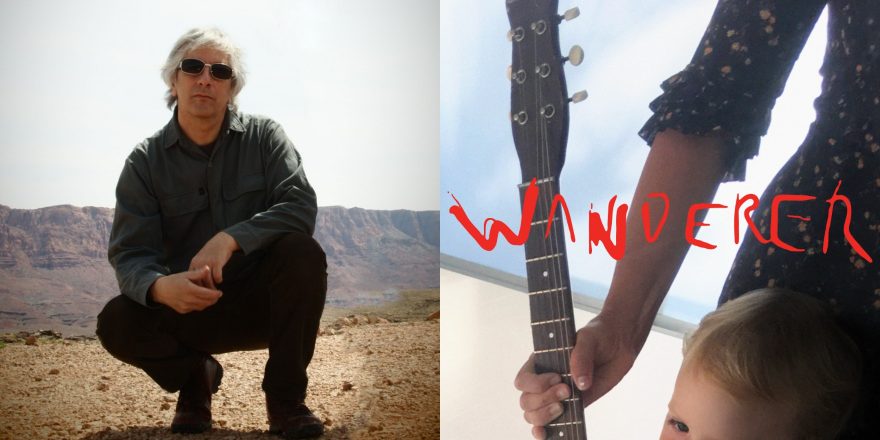March 26, 2020
New York City
This is on me, that this review is so overdue — should have been turned it in December! Too many things happening at once, as happens. The release of my own record and the ramp up to that, making videos, etc — and then THIS, this virus. Isolation. Introspection. Confusion. We are living in historical times, let’s hope we get out the other side.
Thru all this, there is this RECORD that has had me enchanted since I first heard it late last year. There are times when words are useless to describe WHY something moves you — we can try, intellectualize it, define the attraction, try to nail it down. But is it enough, once in a while, to say that it just sends you, moves you, destroys you with beauty? I’ve been trying to figure out how to talk about this record. It seems to me a combination of something very instinctual — emotional, innate — with something very precise, learned, mathematical. Harmonical. An entire arc, rivers crossed, in its deceptively slight 10 minutes total running time. A quote from Dirty Projectors’ David Longstreth (who knows something about hockets himself) seems to nail it: “It sounds like Bach and Blade Runner at the same time.” And it does!
The first thing that prompted my curiosity was an Instagram post of the cover art (created by Tauba Auerbach) which fits this music as perfectly as any album art ever could. An enigmatic image of clear blown-glass tubes on a deep dark blue-sky ground, it could be some strange TV antennae against a cloudless sky; it could be some kind of computer chip or electrical grid, or vintage science lab gear; it’s a drawing-in-glass, looking both modern and timeless by turns.
The album is seven movements, each lasting less than two minutes. The whole album is about 10 minutes long, cut to fat grooves on the 12” vinyl Cantaloupe records sent over (I had the tracks but wanted the object — it’s a strikingly beautiful LP, and both hard-copy versions come with a booklet with some brief notes from the composer and graphic scores which illuminate the tracks). I had opportunity to do some driving upstate recently and put the record on repeat for an hour or so. The songs are so intricate and mysterious that I could never figure out when it was starting over again. It was hypnotizing, it all seemed new and different each time it came around. It seemed, on repeat, to have no ending and no beginning. I have not tired of listening to it for extended periods since.
I endeavored to understand a bit more about what exactly a hocket is. A simple description might be: two (or more) interlocking parts or melodies that create the illusion of a unified whole. I’ve long loved the gamelan music of Java and Bali — in fact, some gamelan instruments that Sonic Youth brought back from Jakarta in the ‘90s just ended up on my latest album. One thing among many that I love about this music is its complex rhythm patterns, which are put forth in what seemed to me a very sly way when I first found out about it: Two players, often facing each other, each take half the complex pattern (both rhythmic and melodic) and, to hear one part isolated, it’s a reasonable pace. When both are combined it can be an almost
impossibly rapid slurry of notes, animated and excited af. The two players create one voice between them to get all the rapid-fire taka/taka/taka rhythms found in gamelan music.
I was reminded of another parallel recently during a performance of Steve Reich’s Music for 18 Musicians at the Winter Garden in NYC. I first heard this piece at Town Hall in NYC at its first public performances in 1976. This magisterial work was an announcement to the world of Steve’s arrival as a major composer (already with the essential and ground-breaking tape pieces, and Drumming behind him). And there on the stage, paired players — in fact, many pairs of players on marimbas and many different instruments — stood facing each other, each taking half the pattern to create one unified voice, playing together rhythms that would be hard if not impossible for a single player to achieve. In a similar time period (end of ‘70s), when I first started working with maverick composer Glenn Branca, he was also utilizing the same technique in his early Lessons for Electric Guitar. In Lesson #1, you hear it: two guitars playing on the beat, the other two playing the half-beat in between. Takatakataka (w amps up full blast).
A hocket is, in essence, a form of mathematics made audible, it has the same precision and specificity. The form can be traced to the 13th and 14th centuries in Europe; also found in pygmy music in Africa. Contemporary composers like Herbie Hancock (Watermelon Man), Louis Andriessen (Hoketus), Meredith Monk, Robert Fripp, and Animal Collective (and Dirty Projectors) have also made use of the form. Whenever I hear this call and answer praxis, I get goosebumps. It’s the most intimate relationship in the music world, two becoming one. And although hocketing can involve more than just two voices, the magical characteristic is that you often can’t tell how many interlocked parts you are hearing. Certainly, on Hockets for Two Voices, Meara O’Reilly’s magnificent work, I often believe I’m hearing three or four or more voices where only two are actually present. It’s an audio illusion, quite magical.
On the album, Meara has taken both vocal parts herself, overdubbing one on top of the other. I’d love to hear this music in performance. I imagine it would be difficult to perform, but exquisite to hear. It is simple and primary music. Elemental somehow — the sound of human voices, unaccompanied. It’s in a class by itself and unique in my recent listening experience. Play this music on repeat, especially during these long indoor days, and fall under its spell.
You can find out more about Meara’s work on her blog. Lee’s latest album, with Raül Refree, Names of North End Women, came out February 21 via Mute Records.






